Tunart/IStock.
Vanadium dioxide marks the first material EPFL researchers have discovered that identified as possessing this property.
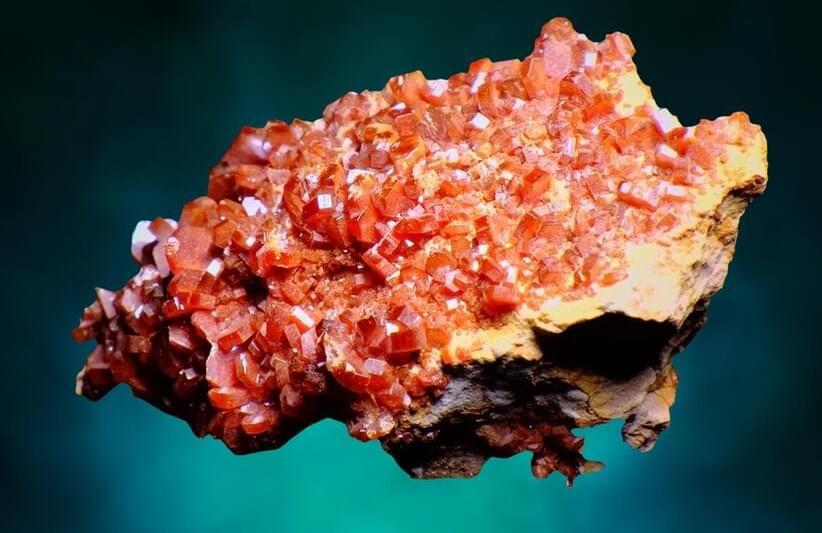
It can also solve the carbon intensity problem in the construction industry.
Researchers at the Nanyang Technological University (NTU) in Singapore have invented an invisible coating that can be applied to wood to make it fireproof.
Modern-day buildings are built largely using concrete, steel, and glass, which are at low risk from fires. However, the production of these materials is a carbon-intensive process. Mass-engineered timber is a solution to this problem as wood harvested from sustainably managed forests has a lower carbon footprint than steel and concrete. Additionally, it allows for faster construction at lower costs, making it the ideal component for future constructions.
Researchers from École Polytechnique Fédérale de Lausanne (EPFL) have discovered that vanadium dioxide (VO2) is capable of “remembering” the entire history of previous external stimuli.
Vanadium dioxide marks the first material EPFL researchers have discovered that identified as possessing this property.
🇺🇦 Ukraine: help and support.
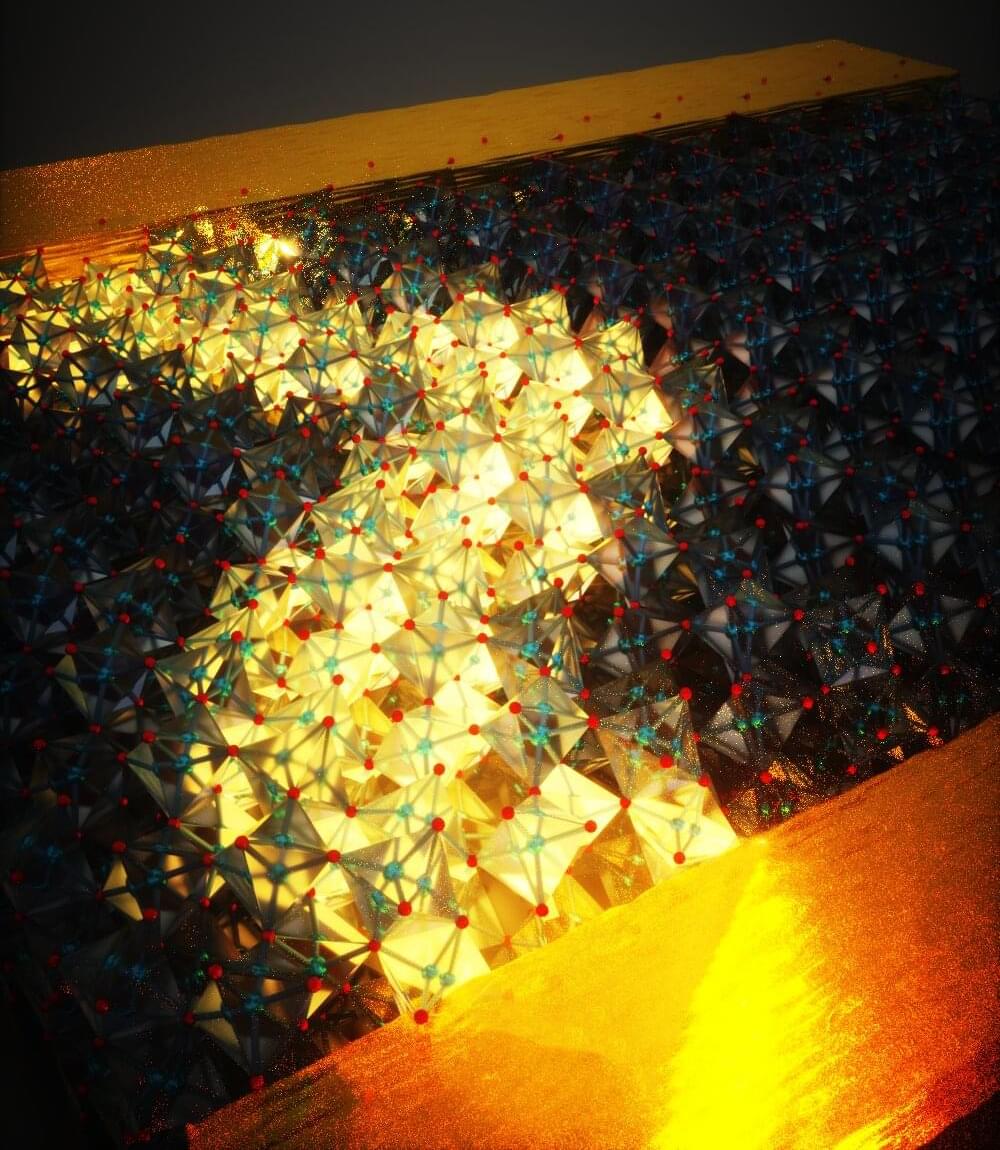
EPFL researchers have discovered that Vanadium Dioxide (VO2), a compound used in electronics, is capable of “remembering” the entire history of previous external stimuli. This is the first material to be identified as possessing this property, although there could be others.
Mohammad Samizadeh Nikoo, a Ph.D. student at EPFL’s Power and Wide-band-gap Electronics Research Laboratory (POWERlab), made a chance discovery during his research on phase transitions in Vanadium Dioxide (VO2). VO2 has an insulating phase when relaxed at room temperature, and undergoes a steep insulator-to-metal transition at 68 °C, where its lattice structure changes. Classically, VO2 exhibits a volatile memory: “the material reverts back to the insulating state right after removing the excitation” says Samizadeh Nikoo. For his thesis, he set out to discover how long it takes for VO2 to transition from one state to another. But his research led him down a different path: after taking hundreds of measurements, he observed a memory effect in the material’s structure.
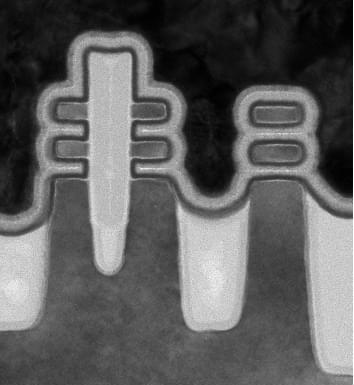
Who’s doing what in next-gen chips, and when they expect to do it.
Chipmakers are gearing up for fundamental changes in architectures, materials, and basic structures like transistors and interconnects. The net result will be more process steps, increased complexity for each of those steps, and rising costs across the board.
At the leading-edge, finFETs will run out of steam somewhere after the 3nm (30 angstrom) node. The three foundries still working at those nodes — TSMC, Samsung, and Intel, as well as industry research house imec — are looking to some form of gate-all-around transistors as the next transistor structure in order to gain tighter control over gate leakage.
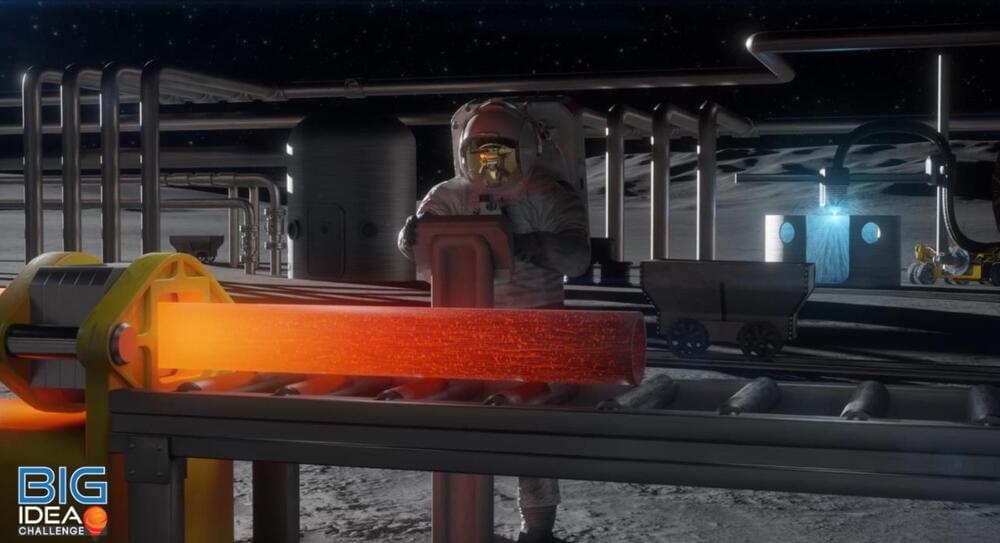
2023 annual Breakthrough, Innovative and Game-Changing (BIG) Idea Challenge asks university students to design a metal production pipeline on the Moon — from extracting metal from lunar minerals to creating structures and tools. The ability to extract metal and build needed infrastructure on the Moon advances the Artemis Program goal of a sustained human presence on the lunar surface.
Its strength and resistance to corrosion make metal key to building structures, pipes, cables and more, but the metal materials for infrastructure are heavy, making them very expensive to transport. Student teams participating in the BIG Idea Challenge, a university-level competition sponsored by NASA and managed by the National Institute of Aerospace (NIA), will develop innovative ways to extract and convert metals from minerals found on the Moon, such as ilmenite and anorthite, to enable metal manufacturing on the Moon.
The BIG Idea Challenge, now in its eighth year, invites university students to tackle some of the most critical needs facing space exploration and help create the mission capabilities that could make new discoveries possible. The challenge provides undergraduate and graduate students working with faculty advisors the opportunity to design, develop, and demonstrate their technology in a project-based program over the course of a year and a half. This NASA-funded challenge provides development awards of up to $180,000 to up to eight selected teams to build and demonstrate their concept designs and share the results of their research and testing at the culminating forum in November 2023.

A special microscope has visualized changes of electron current distribution that clearly indicate a transition from ohmic to viscous electron flow in graphene.
Imagine a breeze of moist air condensing into water drops and dripping down on a cold glass. Electrons can undergo a transition that resembles this gas-to-fluid condensation: the transition is controlled by temperature and produces a fluid-like state in which electrons display remarkably different dynamics than in the gas-like state. Unlike the condensation of water vapor, however, the electron transition cannot be directly imaged with a camera. One reason for this difficulty is that the pattern of this electron fluid varies at submicron scales that can’t be clearly resolved by visible light. Another reason is that electron collisions and the redistribution of electron currents do not yield a change of surface morphology that can be picked up by light reflection. This imaging challenge has so far limited our microscopic understanding of these types of electronic transitions and their use in practical devices.
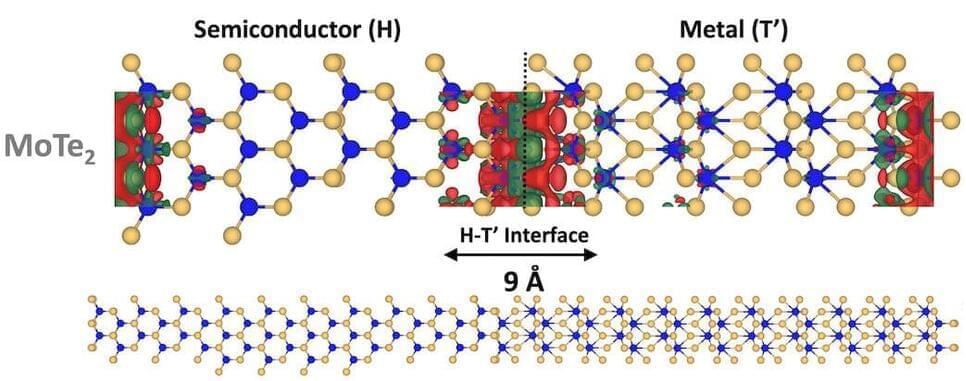
There’s still plenty of room at the bottom to generate piezoelectricity. Engineers at Rice University and their colleagues are showing the way.
A new study describes the discovery of piezoelectricity—the phenomenon by which mechanical energy turns into electrical energy —across phase boundaries of two-dimensional materials.
The work led by Rice materials scientists Pulickel Ajayan and Hanyu Zhu and their colleagues at Rice’s George R. Brown School of Engineering, the University of Southern California, the University of Houston, Wright-Patterson Air Force Base Research Laboratory and Pennsylvania State University appears in Advanced Materials.

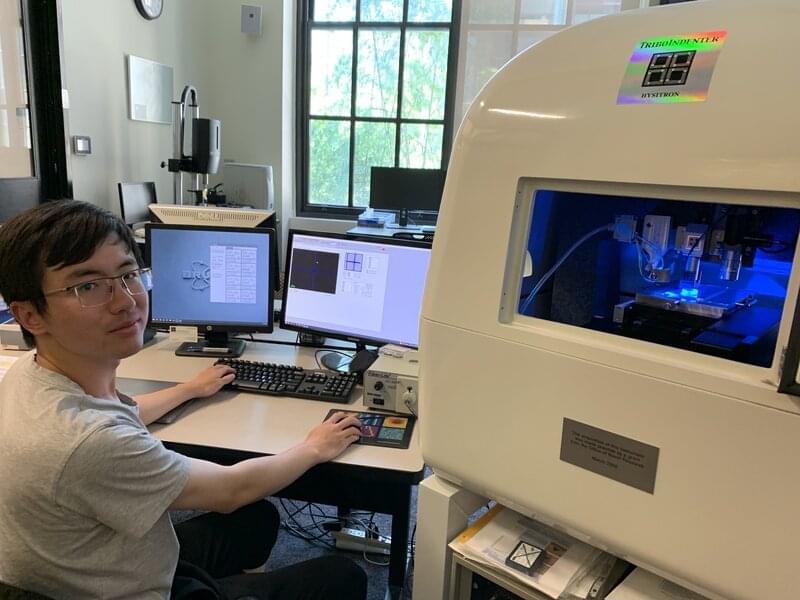
In an example of the adage “everything old is new again,” MIT engineers report a new discovery in semiconductors, well-known materials that have been the focus of intense study for over 100 years thanks to their many applications in electronic devices.
The team found that these important materials not only become much stiffer in response to light, but the effect is reversible when the light is turned off. The engineers also explain what is happening at the atomic scale, and show how the effect can be tuned by making the materials in a certain way—introducing specific defects—and using different colors and intensities of light.
“We’re excited about these results because we’ve uncovered a new scientific direction in an otherwise very well-trod field. In addition, we found that the phenomenon may be present in many other compounds,” says Rafael Jaramillo, the Thomas Lord Associate Professor of Materials Science and Engineering at MIT and leader of the team.